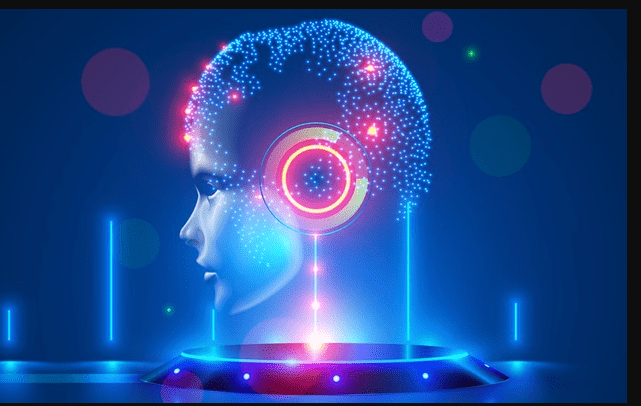With the introduction of Machine Learning Algorithms into Data Mapping projects, businesses can now transform raw data into powerful business intelligence solutions quickly and easily. By combining Map-Clean Data Mapping with artificial intelligence techniques such as Deep Learning, data mappers can create highly predictive business intelligence solutions that can make businesses more successful. Deep Learning uses large data sets to teach computers how to function like human brains in complex situations. Map Clean allows for data to be cleaned up and classified in a way that is highly effective in providing companies with the information they need to make informed business decisions.
Map-Clean Data Mapping aligns the work of business intelligence tools with data mapping to provide the most relevant information to the key stakeholders. Map-Clean takes full advantage of the new capabilities in modern data mining technologies such as Hadoop, Spark, and Apache. Map-Clean Data Mapping is used by large and small companies alike because it is an easy way to categorize and sort large data sets in an efficient way. The system improves upon traditional data classification methods by providing a framework that allows programmers to write programs that are capable of generating high quality map objects. The resulting high quality map objects allow for more accurate, richer, and more useful business intelligence.
Map-Clean Data Mapping enables businesses to make more informed business decisions by providing a framework for generating business intelligence results. As new technologies become available, organizations will need to determine how to use existing technologies effectively to gain competitive advantage. Map-Clean offers a new way to do just this. Map-Clean Data Mapping makes it possible for businesses to use readily available Map-Clean data sources in a highly cost effective manner that is accessible to the smallest business units. These units will also benefit from the improved intelligence these tools provide.
The new Map-uple Language Architecture (MLA) is designed to leverage the power of natural language processing (NLP) and artificial intelligence to provide business intelligence solutions with speed and efficiency. Using already established data structures, MLA maps allow users to transform sources of data into easily understandable and meaningful business intelligence queries. The resulting queries can be used to make insightful business decisions. Using NLP techniques, a business can quickly and efficiently gather, organize, analyze, and communicate information using data sources that are often already in the database.
Businesses need to address key challenges to achieve their goals. One such challenge is organizing and managing the enormous amount of data that is available. Companies need to develop systems that make the best use of all of the data available. This includes using artificial intelligence to boost the quality and relevance of data and insights that are generated. In addition, companies need to understand the implications of data misuse. Transformational data mappers address these issues by providing tools that help businesses understand their data roles and responsibilities, while building artificial intelligence that supports those responsibilities.
Data Mapping with artificial intelligence and the tools it creates enables a business to take on one of two crucial roles. First, the business intelligence data map provides a framework for organizations to make informed business decisions. Second, the data mapping also allows the business to establish predictive relationships between past and present data to provide guidance on future decisions. By developing these two critical capabilities, a business intelligence solution can provide tremendous value and increase profitability.








